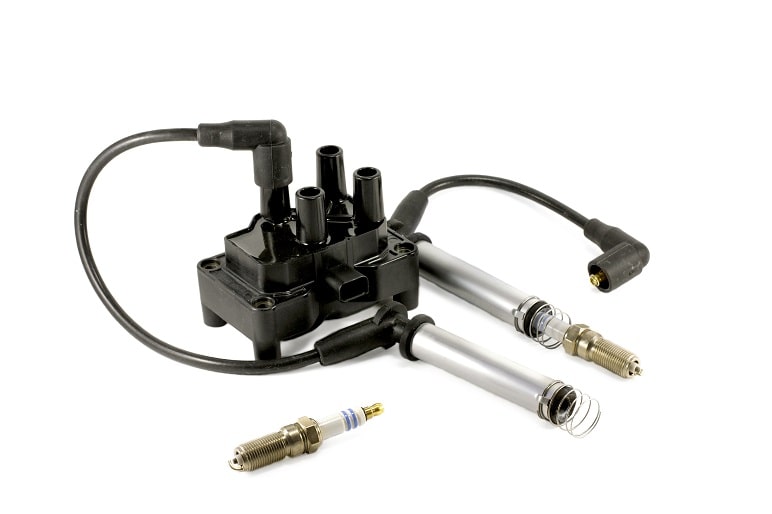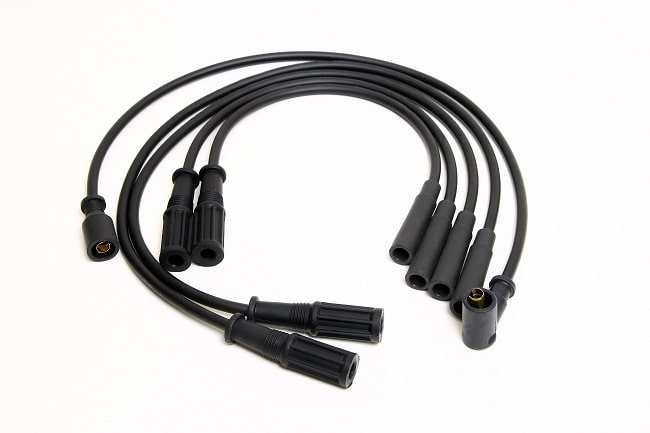
An ignition system is responsible for starting the engine. Its main components are a battery, ignition switch, electronic control unit, ignition coils, high tension leads, and spark or glow plugs. To avoid engine failure or starting problems, we recommend you to check the condition of these elements regularly. In this article, we will name the most frequent causes of malfunctions and explain the proper troubleshooting procedure.
6 signs of ignition system malfunctions
- The engine won’t start. Most often this occurs in winter when the motor oil becomes thicker because of cold, and the battery loses its charge quicker. After a few unsuccessful attempts to start the car, the spark plugs may become flooded with petrol. If this is the case, they are to be replaced.
- Rough idling. This can be caused by damaged high tension leads or short circuit in ignition coil winding. Using a worn battery often reduces the working lifespan of these components.
- The power unit runs unstable at acceleration. Often, the culprit here is water that got onto into the ignition coils, spark plugs, or high tension leads. For instance, this can happen if you have the engine bay pressure-washed.
- Popping sounds coming from the intake manifold or silencer. This occurs because of incorrectly adjusted ignition after poor repair work. Moreover, using spark plugs with improper heat rating can cause foreign sounds too.
- Increased fuel consumption. Typically, it is caused by improperly attached high tension leads or damaged insulation which makes them break down. This leads to an unstable current supply.
- Electric equipment failures. This can happen if the ignition switch is broken due to burnt electrical contacts. Moreover, this unit can also be damaged by careless use or after theft attempt.

How to diagnose the ignition system elements




Why ignoring these malfunctions is dangerous
Incorrect operation of the ignition system requires immediate measures. Apart from engine starting problems, you will notice its power loss and increased fuel consumption. The engine starts to overheat regularly, which can lead to an expensive major overhaul. Moreover, the engine runs rough and produces foreign sounds.
Conclusion
The working lifespan of the engine directly depends on the ignition system condition. Follow AUTODOC’s diagnostic recommendations to detect and address the issues in good time, and enjoy the faultless operation of your car.


















Comment